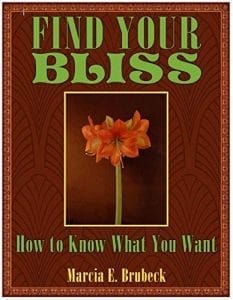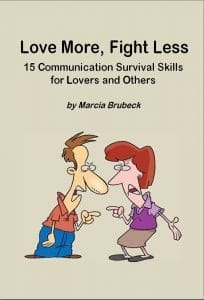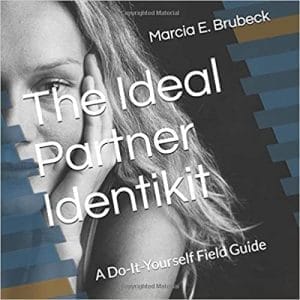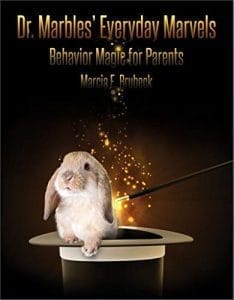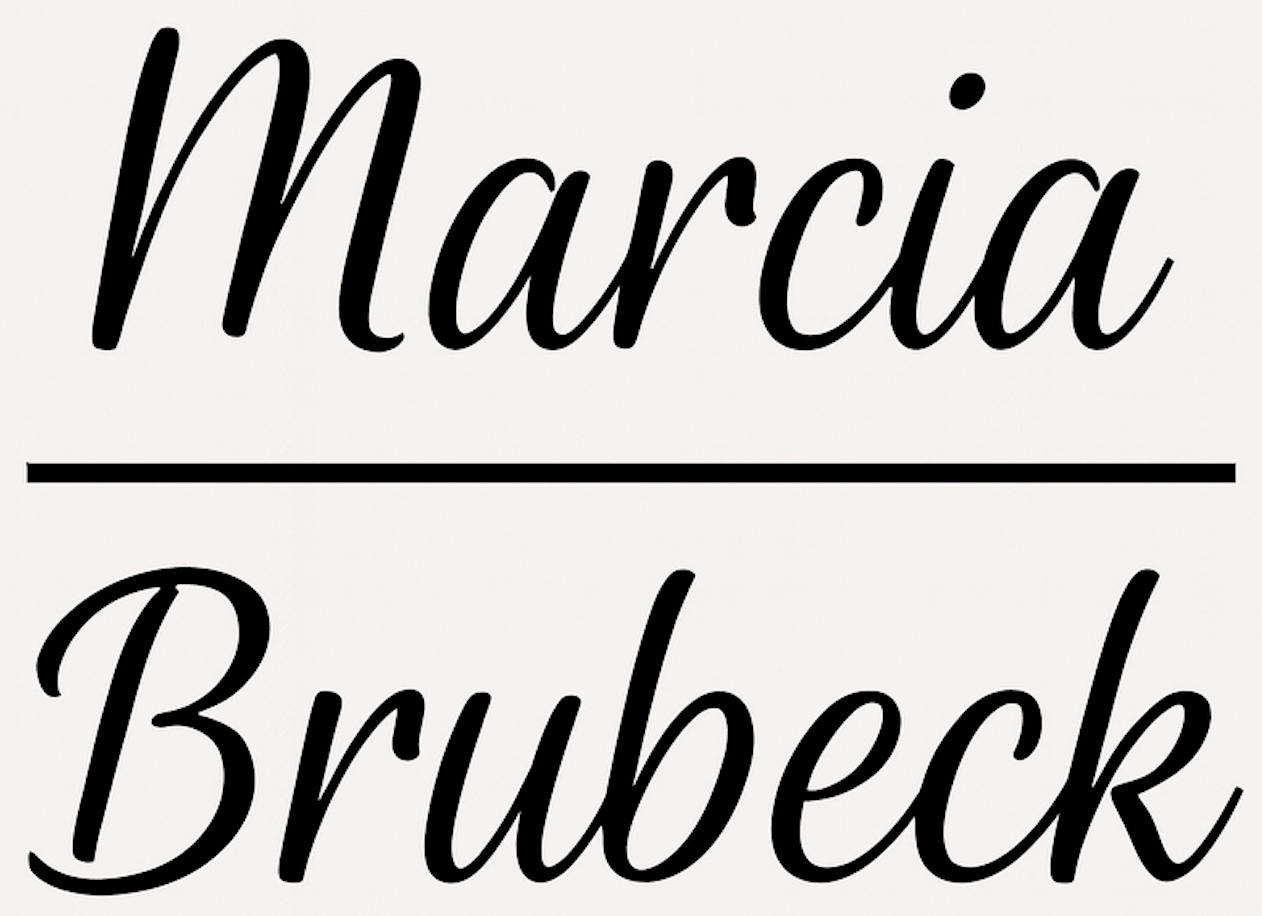
How to Bring Out Your Inner Leonardo
Creativity is a fundamental part of human nature, something to which all of us can lay claim. Okay, you did not ghost write War and Peace, create the first flying machine, or paint Guernica. But everyone experiences wonderful imaginative leaps in daily life at least sometimes. When you find the best way to accomplish something, you are elated by the discovery.
Einstein said that we can’t solve problems by using the same kind of thinking that created them. He meant that we need to stand back and rise above the problem if we are to find the solution.
As this remark suggests, problem solving is itself a creative activity. In this sense people have been at it since the dawn of time. Each time you have a breakthrough, you become more effective in daily life. You also open yourself to one of the main kinds of joy in being alive. Although creative ideas seem to come out of nowhere and cannot be forced, you can provide favorable conditions. You can coax your genie to emerge and work its magic.
Think of the garden soil in which you plant seedlings. You want rich, fertile earth. By the same token you want your body, of which your mind is a part, to be rested, well nourished, stretched and strong. You do your best to live healthy.
In the process you heed your body’s directives. You pay attention to signals about hunger, fatigue, stress, curiosity, playfulness, pleasure, and more. You scratch the itches. You notice and honor your feelings, expecting them to guide you.
You want to pursue joy. To tap into your creative energies, seek out the activities that you love. You will know them by their hallmark: when you do these things, you lose track of everything. You forget who you are, where you are, and what time it is.
Make time for these pursuits, because in doing them, you become most fully yourself. What a splendid opportunity to appreciate your own uniqueness!
Some people liken the experience to diving into water. You plunge in, go down deep, and lose yourself until you come up for air at the end. You have engaged with your passions. The phenomenon is what the psychologist Mihaly Csikszentmihalyi called “flow.”
Find moments to commune with yourself, to muse, to notice the ferment of ideas and urges in your brain. This focus will help you work on improving your life going forward. If your free time is scarce, don’t fritter it away on housekeeping or other maintenance activities.
A few simple exercises can help get you out of a rut. One involves zooming, which means making small changes in habits that have become routine. For example, if you usually eat corn flakes for breakfast, you might try oatmeal. Whenever you try something new, ask yourself how you like it.
You could change the way you drive to work or school. You could listen to different music or get a new hairstyle or wear a different kind of clothing. In each case the novelty will make you sit up and pay attention. Zooming showcases your feelings.
Since habits become automatic, it’s easy to tune out when they take over. If you want to stay mindful—alert to the way you are feeling right now—a little zooming will be necessary to keep you from zoning out. Zooming can become a way of life.
Established habits (including expertise) free up your intellectual energy but also constrain creative thinking. If you want to solve a problem creatively, loosen the flow of ideas. To do this, try stepping back—insert psychological distance.
Suppose that the problem arose at a different time (a century ago, for instance) or in a different place (perhaps a foreign country). The change will help you open yourself to new thoughts.
The distance might also be purely conceptual. You might move from something’s specific attributes to its general features. For example, you could shift from “wooden chair” to “furniture.” “Furniture,” the broader category, encompasses more possibilities.
If you focus on something concrete, you will lean more toward analytical thinking. Addition and subtraction as ideas are conceptually more concrete than mathematics. Abstract ideas and analogies promote creativity; concrete ideas and definitions lend themselves more to analysis.
To return to the imaginative mindset of childhood, recall the seven-year-old you. How did this younger self react to situations? Children, with less experience and expertise under their belts, are more playful as they encounter new stuff.
Another way of opening the door of possibility is to ask “what if?” For best results, whimsically explore all notions. Do not let the urge to evaluate restrict the number of possibilities you contemplate. Brainstorm first, analyze second.
You want to be able to shift gears between wide angle, creative thinking and systematic, analytical thinking. You want to be able to move back and forth between different strategies and mindsets. You must also be willing to tolerate incompatible ideas and ambiguity, to suspend judgment at least temporarily.
Creative minds tend to look for opposites and contrasts, as if things that are unlike could produce a spark once they were juxtaposed. A flexible mindset is a key part of the process.
Since creativity entails relaxation and acceptance, you can cultivate it by savoring positive experiences. Show your feelings. Be mindful of the present moment: be fully engaged in your current activity. Practice positive mental time travel: contemplate past and future joy.
Celebrate achievements with other people whenever you can. The act of celebrating will reinforce your sense of success. If you habitually count your triumphs from week to week, you will be more optimistic and more energized.
The experience of joy in the moment—taking simple pleasure in being alive—will also prep you for inspiration. Try visualization: set realistic goals, then imagine yourself after you have reached them. If you do this often enough, you will feel happier than you would otherwise.
When you feed your creative impulses, you celebrate both life and yourself.

